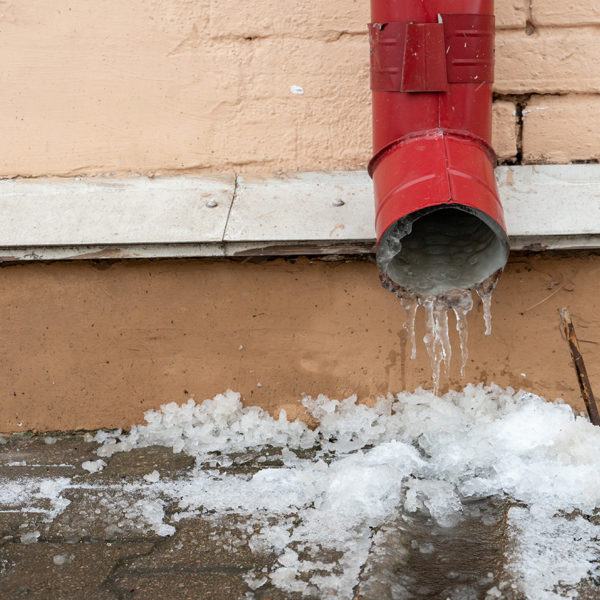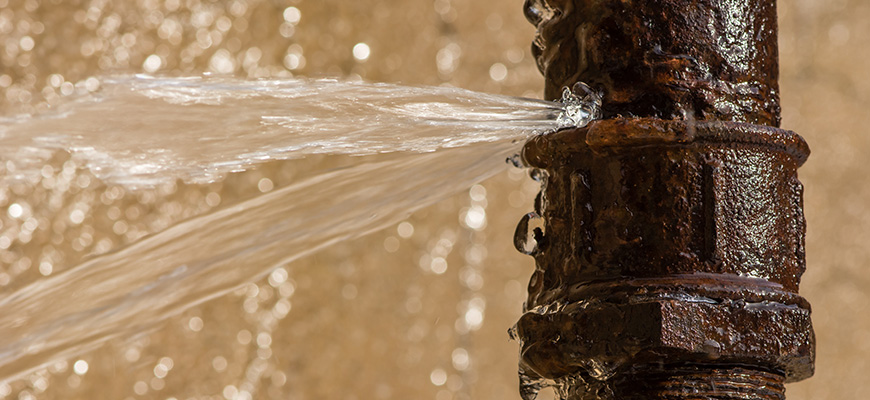If you’re a homeowner, you know that winter can be tough on your home. One of the biggest issues is frozen pipes, which can cause extensive damage if not addressed in time. What should you do if you suspect that the temperatures outside have caused your pipes to freeze? Read on for a guide to understanding and dealing with frozen pipes.
At What Temperatures Do Pipes Freeze?
Pipes are at risk of freezing when temperatures drop below 32 degrees Fahrenheit. The exact temperature depends on several factors, such as what kind of material the pipe is made out of and how well-insulated it is. Generally speaking, though, pipes should be considered at risk when temperatures fall into the twenties or lower.
What Are the Symptoms?
It’s not always easy to tell whether or not your pipes have actually frozen—you may think they have, only to discover that there’s something else wrong altogether. Some common symptoms of frozen pipes include poor water pressure, discolored water (it might look milky), strange noises coming from your faucets or plumbing fixtures, and no water coming out of certain faucets at all. It’s important to note that these same symptoms can also be caused by other problems unrelated to freezing temperatures—so if you notice any signs of an issue with your plumbing, contact a professional right away so they can assess the situation as soon as possible.
What Damage Can Occur?
If left untreated for too long, frozen pipes can burst open due to built-up pressure from expanding ice inside them. This can lead to massive flooding in your home and major property damage—not to mention a hefty repair bill! It’s important that homeowners act quickly if they suspect their pipes may be freezing; this will help prevent further damage down the road.
What Should You Do?
If you notice any strange sounds or lack of water coming from your faucets, shut off your main water line immediately so no more water flows into the system until it’s safe again. Then call a professional plumber who specializes in frozen pipe repairs—they’ll be able to assess the situation properly and take steps to thaw your pipes safely without causing any further damage along the way. Don’t attempt any DIY fixes; improper thawing can cause even more damage than just leaving it alone!
Frozen pipes are a serious problem during cold winters, yet many people don’t know how dangerous they really are or how much potential damage they could cause if left untreated. Now that you know what signs to look for and what steps need to be taken if you suspect your pipes may have frozen over, you’ll feel better prepared for dealing with this issue should it arise unexpectedly in your own home! Keep this guide handy so that you’re prepared for whatever Mother Nature throws at you this winter season! Be sure always contact a professional plumber whenever dealing with frozen pipes – never attempt DIY fixes as improper thawing could lead to even more costly repairs down the line!


